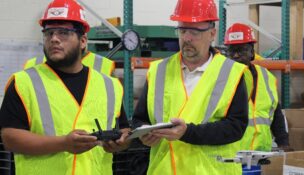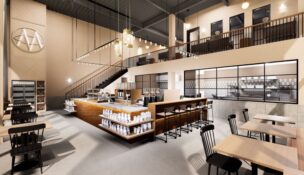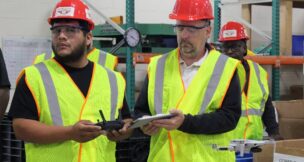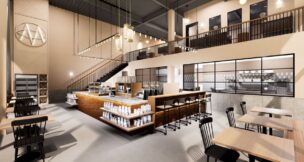Adaptive reuse of properties gaining popularity
Staff //July 15, 2019//
With a limited number of properties available in Columbia, residential real estate developers are finding it easier to renovate existing properties rather than build from the ground up. Part of that decision is cost, but the other is location.
“They’re not producing any more real estate, so there are fixed locations that you can go,” said Allen Wilkerson, senior brokerage associate with Colliers International. “That’s why we’ve seen a lot of adaptive reuse, especially in and around downtown Columbia.”
Several existing properties are under renovation or recently have been completed in Columbia to make way for apartments.
“If you consider the buildings that have been adaptive reuse … the Main Street Hub location, which is student housing, was SCANA’s office building,” Wilkerson said. “(Developers) converted it into an 850-bed student housing development. The Claussen’s Bakery, which is a much smaller development, was just recently converted into apartments. The 1321 Lady Street lofts — that’s an adaptive reuse.”
During the past decade, adaptive reuse has preserved and repurposed several historic properties in Columbia, including the Palmetto Compress Warehouse, Olympia Mills and BullStreet District. Wilkerson said such renovation of existing buildings saves developers money.
“As construction costs have risen, you’ve seen a lot more reuse of existing properties,” he said.
According to the Colliers Research and Forecast Report Q1 for Columbia, market activity is strongest in the downtown Columbia market. The report says 114 units are under construction in downtown Columbia.
“The downtown revitalization is a huge draw for residents interested in a walkable atmosphere, for entertainment, shopping and working,” the report said.
To some developers, preserving historic properties is just as important as the financial reward.
“This is our first historic renovation in a downtown urban setting,” said Ryan Hyler, a partner in Claussen developer Styx Co. “We’re working on the old Keenan building at 1310 Lady St. now. That will open late this year and that will have a very similar, unique feel to it.”
Local experts say the University of South Carolina drives demand for residential and rental real estate in Columbia neighborhoods that have limited space.
“It’s all about where are you located,” Wilkerson said. “The university is rarely getting in the business now of building more dorms, so the student housing developers should be in a good place, because the growth of the university is outpacing what they could build for housing. So there has to be something to supplement and make up that part of the housing components.”
Overall, the area rental market is strong, studies show. According to the Colliers Research and Forecast report, there are 669 units under construction in the Midlands, with rental rates 5.48% higher in June 2019 than in November 2018.
As for the future of rental real estate in the Midlands, Wilkerson expects the market to continue to sustain itself.
“The apartments, as long as they’re well-located, they’re going to be in good shape,” he said, suggesting that downtown and campus-area residential properties will have steady occupancy. “The ones that tend to be farther out on the outskirts are more likely going to be the ones that suffer.”
The Colliers report says the multifamily occupancy rate stood at 91.1% in Columbia in the first quarter of 2019. Lexington’s occupancy rate is 94.8% and Northeast Columbia’s is 92.8%.
This article first appeared in the July 15 print edition of the Columbia Regional Business Report.
















